Caves
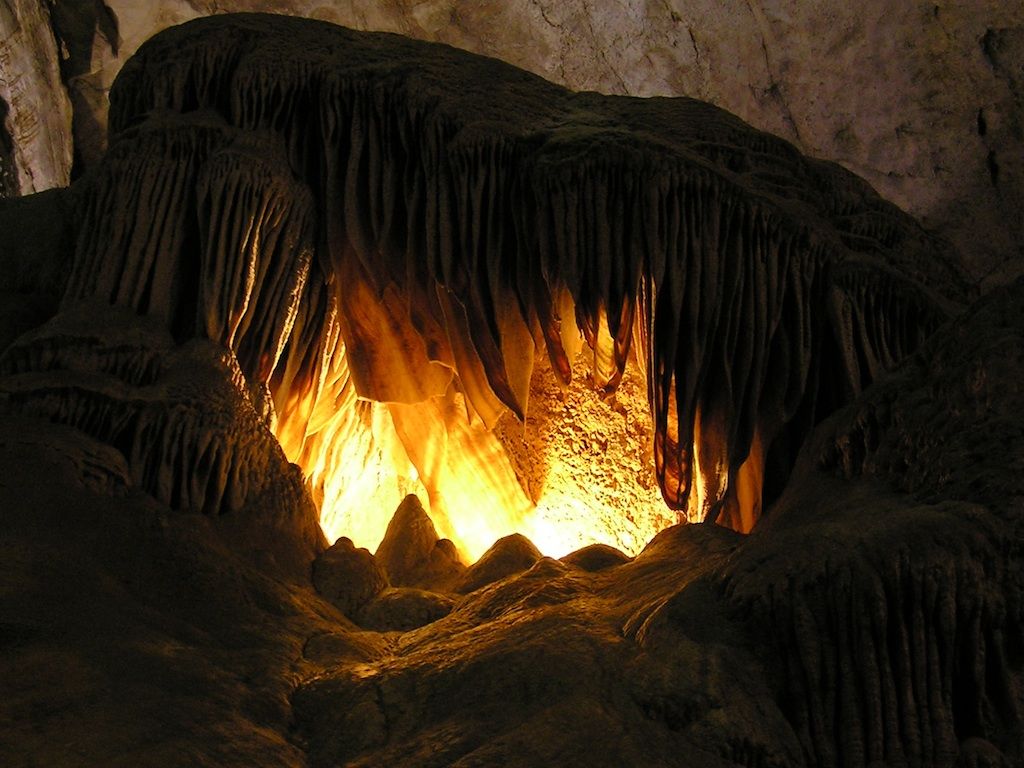
A cave is "a natural opening in the ground extending beyond the zone of light and large enough to permit the entry of man," according to the U.S. Geological Survey. Caves can range in size from single rooms to large formations with winding passageways that extend for miles. Caves typically form in types of rock, such as limestone, that dissolve in water. It can take tens of thousands to hundreds of thousands of years for caves to form. The study of caves is called speleology, and the exploration of caves is called spelunking. Caves are famous of their dripstone features called speleothems, the most well-known of which are stalactites and stalagmites. Many of the strange creatures found in caves have adapted to live in near or total darkness — some are blind to visible light. See cave pictures and read about the latest cave discoveries and speleological research below.
Latest about caves
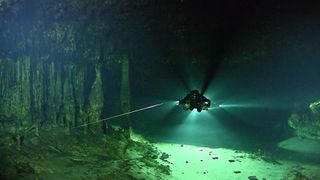
Sistema Ox Bel Ha: A vast hidden system that's the longest underwater cave in the world
By James Price published
This incredible submerged cave network is the longest of its kind in the world and plays a vital role in the region.
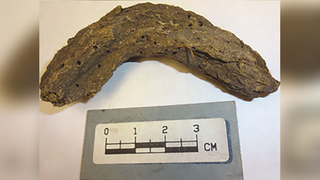
1,300-year-old poop reveals pathogens plagued prehistoric people in Mexico's 'Cave of the Dead Children'
By Kristina Killgrove published
Scientists studied ancient poop and found loads of intestinal diseases.
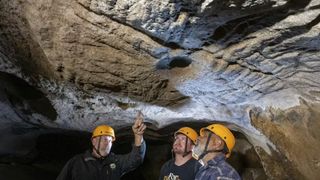
'Such caves weren't used for ordinary living': Rare finger grooves from ancient peoples found in glittering Australian cave
By Russell Mullett, Bruno David, Madeleine Kelly published
Thousands of years ago, adults and children left their marks on soft rock surfaces deep in this cave in GunaiKurnai Country.
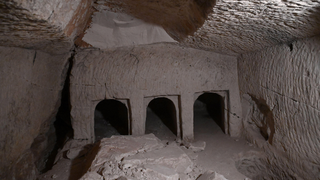
Ancient cave burial of 'Jesus' midwife' may actually hold a princess
By Tom Metcalfe published
The site's architecture may indicate the Judaean princess was buried there.
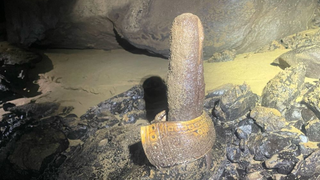
'Trash' found deep inside a Mexican cave turns out to be 500-year-old artifacts from a little-known culture
By Kristina Killgrove published
When two spelunkers investigated what they thought was trash in a cave in Mexico, they discovered more than a dozen artifacts dating back centuries.

Neanderthals, modern humans and a mysterious human lineage mingled in caves in ancient Israel, study finds
By Charles Choi published
A newly excavated cave in Israel holds burials and artifacts suggesting that multiple human species commingled and shared ideas there during the Paleolithic.

Golden scaleless cave fish discovered in China shows evolution in action
By Patrick Pester published
The discovery of a golden scaleless fish in China is helping scientists understand how animals evolved to live in caves.
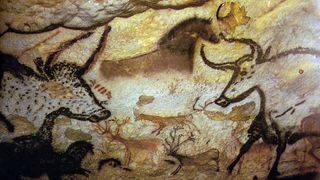
7 haunting caves ancient humans used for art, burials and butchering
By Owen Jarus published
From stunning artwork to evidence of elaborate prehistoric butchering, Live Science takes a look at seven amazing caves that contain archaeological remains.
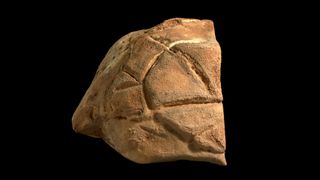
35,000-year-old 'tortoise shell' carving may be Holy Land's oldest evidence of ritual behavior
By Tom Metcalfe published
A carved boulder found deep in a cave in Israel may have been used for rituals more than 35,000 years ago.

Marble Caves: Chile's ethereal turquoise caverns with 'mineral ice cream' on the walls
By Sascha Pare published
The Marble Caves sit on the shores of a turquoise glacial lake in southern Chile. Light bounces off the water onto the walls, creating a magical, ever-changing display inside the caverns.
Get the world’s most fascinating discoveries delivered straight to your inbox.


